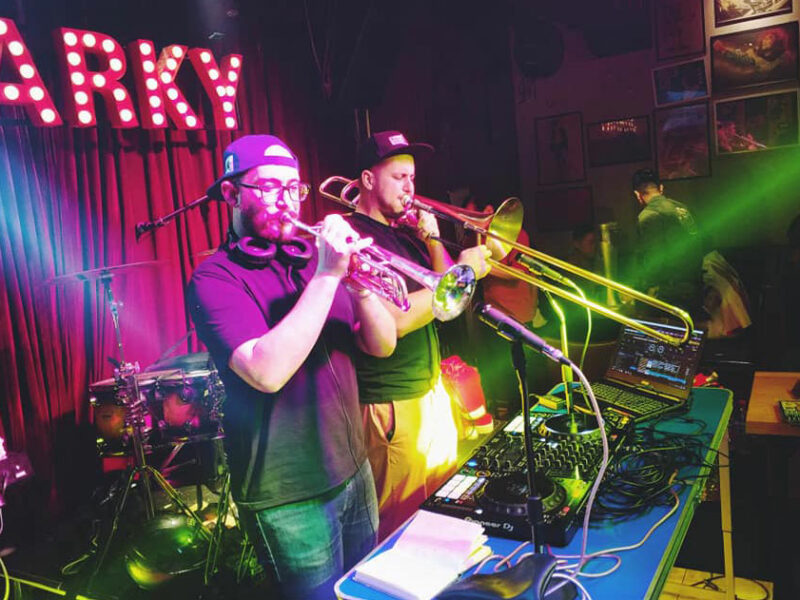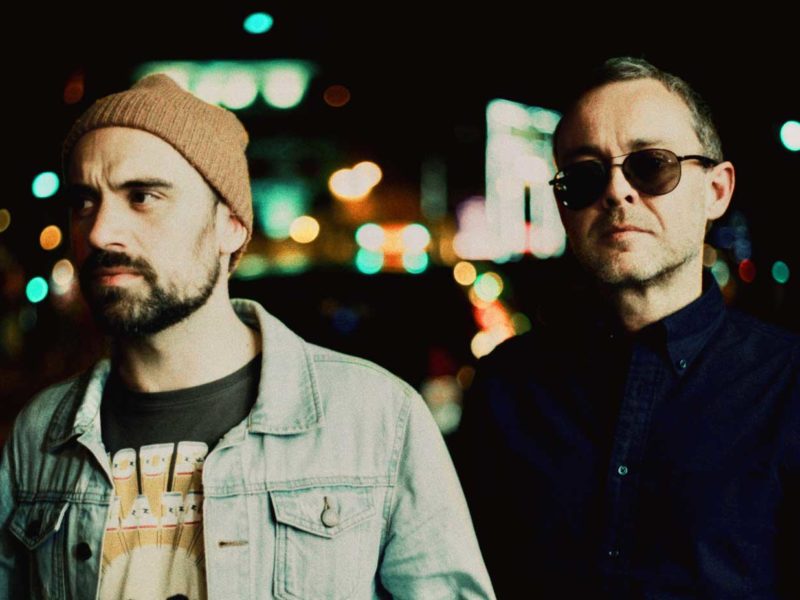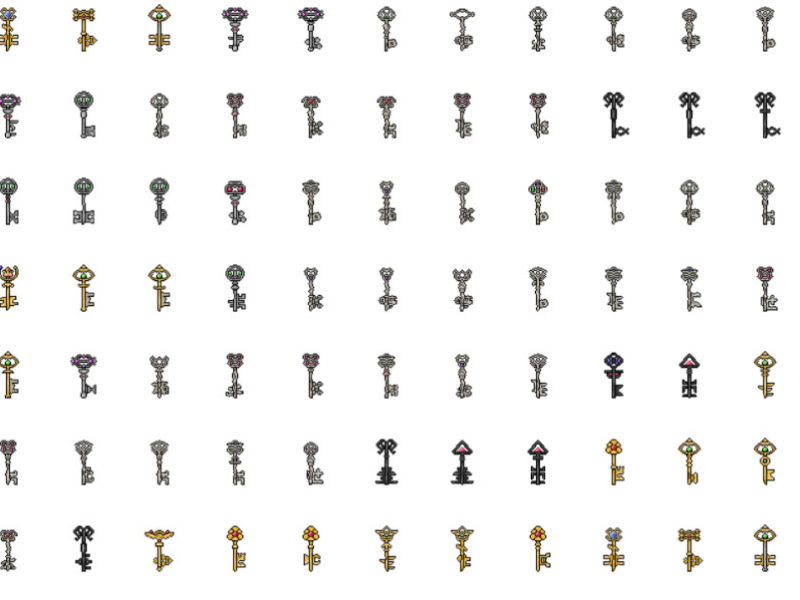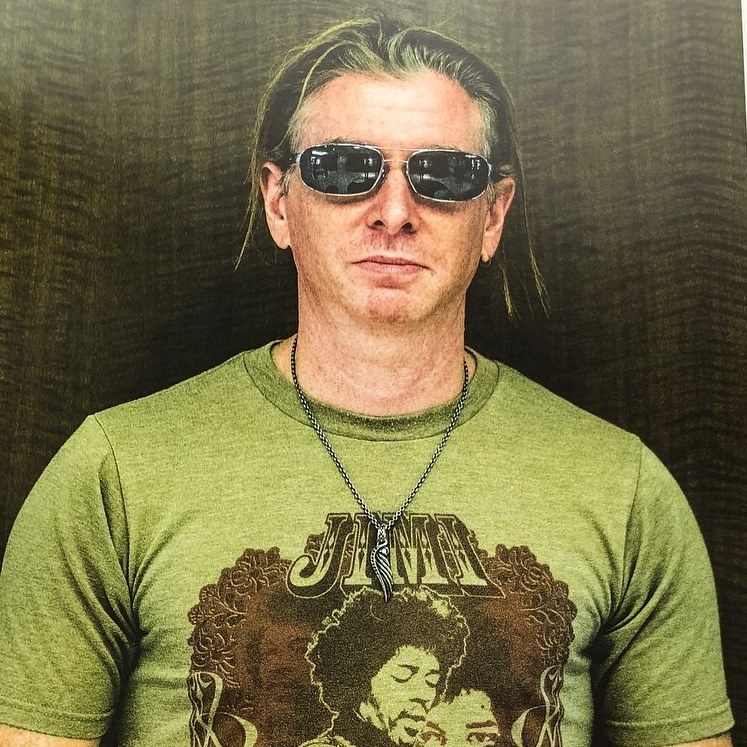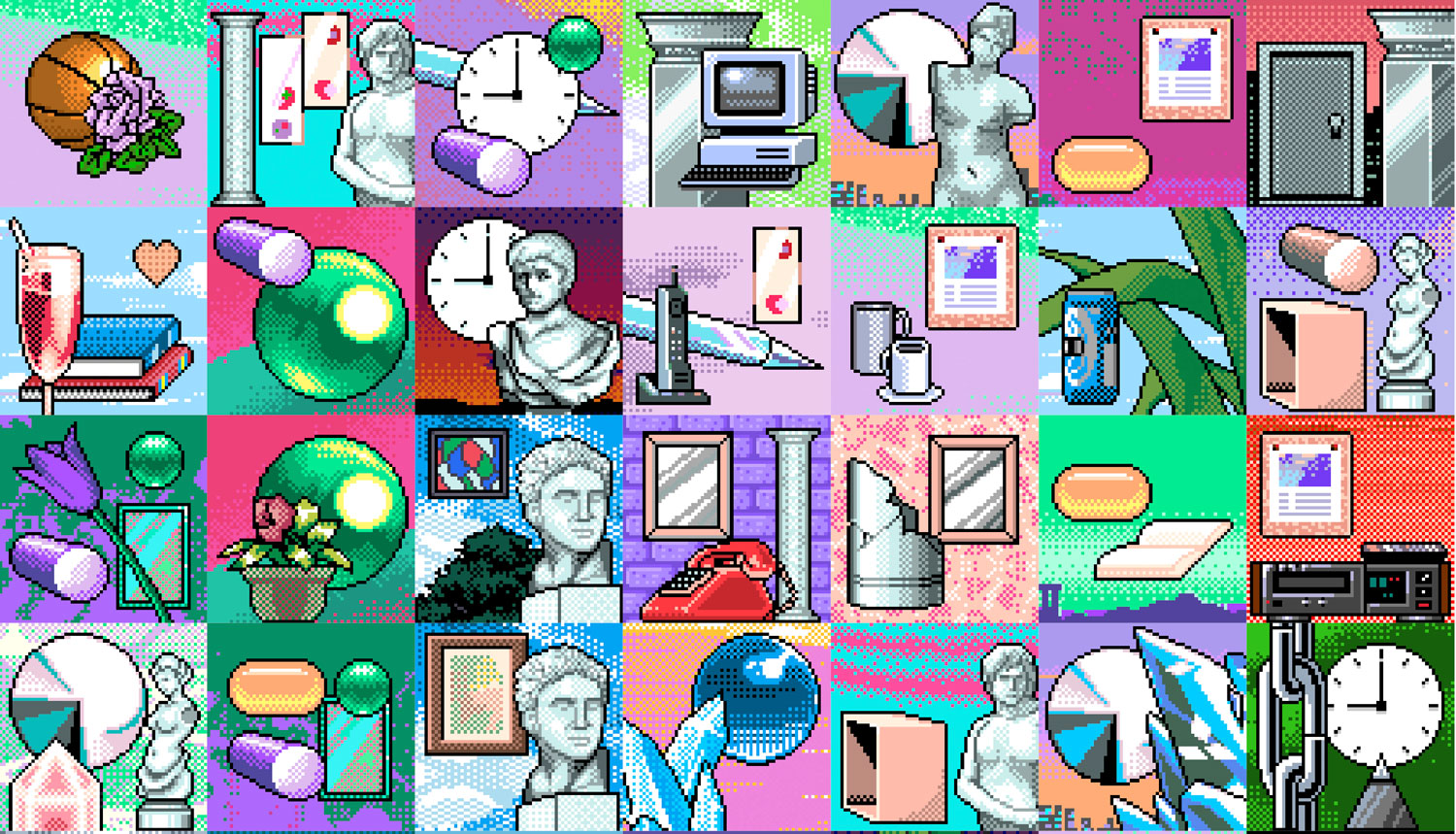
Interview: Dreamloops Merge NFTs With Physical Vinyl & Cassettes
In a recent interview with the Chaos Keychain team, we discussed the concept of generative NFTs that add programmatic randomization, gamification, and community participation. Another project that we are excited about that explores this concept is Dreamloops by the team at Bitlectro Labs. Dreamloops are 16-bit, chiptune style music loops NFTs that have one-of-a-kind randomly generated album art. There are 10,000 unique music loops that can be collected, staked, and redeemed for physical vinyl or cassettes. Ideas like this have the potential to disrupt the current streaming distribution model by exploring a value add model that rewards community participation and benefits artists with something more than streams counts and post likes.
We sat down with Gabriel Allred from the Bitlectro Labs team to discuss the project in more detail, the concept of staking, and future collaborations.
Can you please introduce us to the team behind Bitlectro Labs and what led your team to the Dreamloops concept?
The project was originally started by Keil Corcoran and Gabriel Allred. Keil is a professional musician, most notably of the popular indie band STRFKR. Gabriel has been in the blockchain space for 7 years, and founded a number of companies and projects including Multichain Ventures. The two have been friends for decades, and had been in continual conversation about novel ways to incorporate music into NFTs, as it seemed earlier this year (and still) that there hadn’t been too many NFTs incorporating audio into their releases successfully. After a few months of brainstorming, the two arrived at the idea of producing an audiovisual NFT and bringing a physical component to the release (e.g., vinyl and cassette tape redemption). Once the idea had solidified, we engaged with a great pair of developers, Brett Thompson and Joshua Behrens, along with Jason Verners, an NFT enthusiast and professional magician who is leading marketing efforts.
Do you think that NFTs have the potential to disrupt the current music distribution ecosystem?
Absolutely! Current music distribution models have really done a disservice to both professional musicians and those trying to break into the profession. As most of us are aware, streaming services have absolutely gutted the sale of both digital music and physical sales of albums, and the payment models for companies like Spotify are quite poor. A musician can get millions of plays a month, and not make anything close to a living wage on these payments. Consequently, if you’re a professional musician trying to make a living, you need to be touring and selling merchandise to pay the bills. Covid-19 has obviously put a complete stop to any income generated by touring, and while there are still some collectors buying vinyl records and cassettes online, these enthusiasts are still such a minority of fans. It’s our opinion that if given the option, many fans will choose to support an artist or musician by purchasing an NFT, knowing most of their money spent will go directly to the creator. The technology gives the fans a new way to interact with music and art, while also granting a novel model of ownership over digital goods.
NFTs have opened the door for musicians to monetize their work in a way that’s collectible and sustaining, while still being relatively easy to implement using the existing online tools and marketplaces. The residual models you can build into marketplaces like OpenSea grant the creator a nice bonus from peer-to-peer sales in a programmatic fashion (one that dwarfs streaming service payouts). As an added bonus, the provenance of ownership grants the creators the option of giving licensing and reuse privileges to holders of a music NFT. Imagine simply buying an audio file from an NFT marketplace and having use rights to utilize that song in your commercial, film, podcast, or YouTube video, without having to engage in any additional contractual requirements. For example, our first Dreamloops release has a creative commons license (specifically, CC BY-ND) which allows the owner of the NFT to distribute or reuse the music, as long as they credit us.
The concept of including a physical album with an NFT is something that people have been talking about for a few months but we not have not yet seen an elegant solution. Dreamloops does this in a very unique way. Can you tell us a bit about how it works?
One in five (20%) Dreamloops will be redeemable for a vinyl record or cassette pressing that will contain a number of the songs from the collection. To redeem the NFT however, they will have to hold (stake) the NFT in their wallet for 182.5 days, or six months, at which point they will receive an ERC-20 token in their wallet that they are required to spend on our site in order to receive the physical pressing of the music. Each NFT can only be redeemed once, however, it is possible to sell your NFT with the ERC-20 token and grant the buyer the ability to redeem the physical copy themselves. It’s a new concept, and we’re very interested to see how the community of collectors decides to utilize the model. Will they stake the NFT and immediately redeem it for the physical pressing? Or will collectors feel that the NFTs will appreciate in value if held unredeemed with their redemption token.
Additionally, we have a feature that allows the NFT’s data to remain a mystery until “unwrapped” by a user (similar to an unopened pack of trading cards), allowing the owner to transfer a “wrapped’ NFT to a friend or resell it, not yet knowing whether their specific Dreamloop is redeemable for physical media or not. This adds another interesting element to the collectible market.
The artwork for each Dreamloops NFT is created programmatically. Can you explain a bit about that process?
There’s a programmatic component to both the visual side of the project, the album art, as well as the musical arrangements. Every single Dreamloop is unique both visually and musically, producing 10,000 unique combinations, however, elements are shared across the release. Keil essentially produced hundreds of visual elements which were then programmatically combined into these beautiful pixel-art album compositions, with a unique combination of foreground and background elements. In fact, he created many more compositions than we see in the release, having to manually screen for compositions that didn’t make sense visually or musically. A similar process was created for the music. The songs and melodies were painstakingly composed by Keil – they’re not AI-generated – he did produce all the music himself in his studio, but he employed a system to assign unique drum tracks to each composition, creating a grand total of 10,000 unique song loops. While you’ll hear melodies shared across NFTs in the collection, they’ve been combined with unique drum parts in order to make that specific composition a 1 of 1. It’s pretty incredible in our opinion.
With so many tokens being created programmatically – how is the concept of scarcity built into the project so buyers know they are purchasing something unique?
Scarcity is determined by having some elements only represented in the release a few times. While the compositions were combined programmatically, some elements were intentionally only used in a handful of NFTs within the release. For example, there are unique foreground elements that only appear in the rarest NFTs of the set, and specifically, the NFTs redeemable for physical media tend to contain elements only found in the redeemable NFTs. Among the non-redeemable Dreamloops, there are still scarce elements that only appear in a few of the NFTs, and additionally, the number of foreground elements varies considerably across the album art – some may only have 1 or 2 foreground elements, whereas others have as many as 5.
For those that don’t understand it yet, can you explain what staking is and how someone can stake with Bitlectro Labs?
Staking is quite simple really, it essentially means you just leave a token in your wallet and don’t move it. While some tokens or cryptocurrencies require you to change a setting or utilize a specific piece of software in order to stake, we only require our holders to keep their Dreamloop within their self-custodied wallet (like Metamask), and we do the rest.
Once they’ve acquired a Dreamloop, either from our public sale or a secondary marketplace like OpenSea, all they need to do to receive the redemption token (if they have a redeemable NFT), is keep the NFT within the same wallet for 182.5 days, we monitor the time staked on our end, but will provide a tool for them to check on their staking status. We’re making it as easy for the collector as possible.
Will you be opening up Dreamloops for collaborations with other artists?
That is the plan! Without divulging too many details, we have additional artists in the pipeline – you can read between the lines here, as Keil might have access to some pretty notable bands that we might be onboarding next *wink wink*. The goal however is to not create a copy of Dreamloops V1, but rather, vary the musical styles and visual aesthetics of the album art in each release. Each collection will be very different, with a unique distribution total and physical redemption model built-in.
Additionally, we’d like to start taking proposals from interested musicians and artists in the months following our first release.
Are there any other music projects in the space that you are excited about?
Well, my favorite is Euler Beats, but they’re also incredibly expensive! While we haven’t seen too many musical NFTs, I am excited about the number of musical NFTs I’m seeing on the Wax marketplace as of late. Their model is really neat because it is inexpensive and rather fast. While we’re going the Ethereum route for our first launch, we are considering these other networks for future releases.
Thanks for taking the time for the interview!
Thank you for chatting with us!
___________________
Follow Dreamloops / Bitlectro Labs: Website | Twitter | Instagram
You May Also Like
___________________






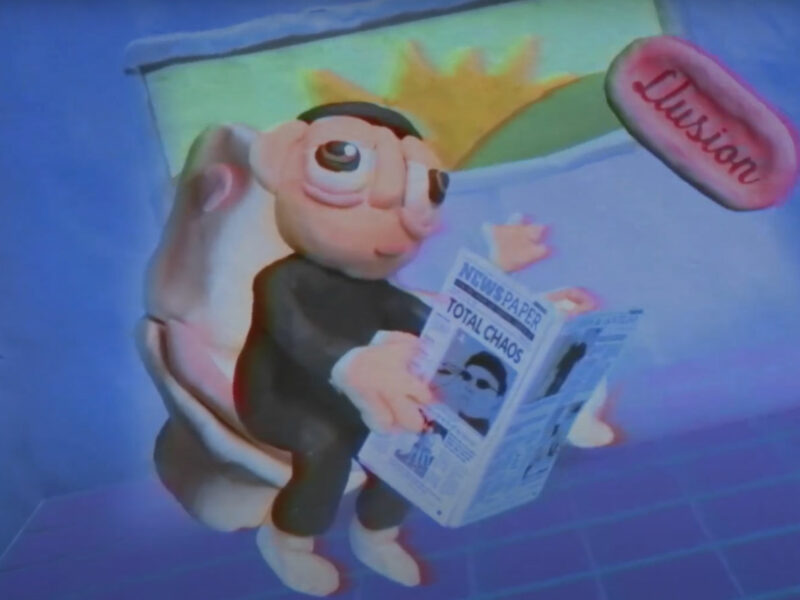
![moment. [2021] by J. Harry Edmiston](https://trendandchaos.com/wp-content/uploads/2021/03/moment-800x600.jpg)
